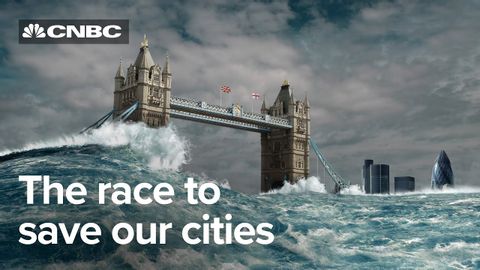異常気象から身を守るために、都市はどのように対処しているのか? (How cities are defending themselves against more extreme weather)
Summer が 2022 年 10 月 30 日 に投稿  この条件に一致する単語はありません
この条件に一致する単語はありませんUS /ˈstrætədʒi/
・
UK /'strætədʒɪ/
- v.t.取り組む;タックルする : 組みつく
- n. (c./u.)釣りの道具;索具 : 綱具;タックル
US /ˈɪnfrəˌstrʌktʃɚ/
・
UK /'ɪnfrəstrʌktʃə(r)/
- n. (u.)インフラ;社会基盤;組織基盤;IT基盤
US /ˈɪmˌpækt/
・
UK /'ɪmpækt/
- n.影響;衝撃
- v.t./i.衝突する;影響を与える;埋伏する
エネルギーを使用
すべての単語を解除
発音・解説・フィルター機能を解除
